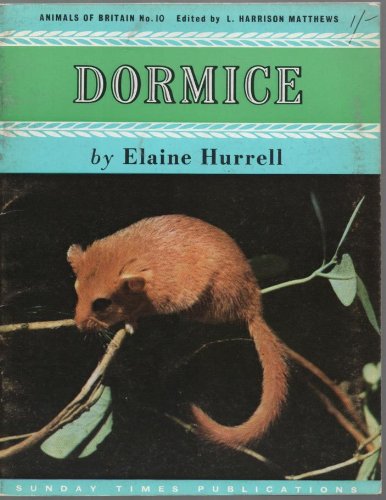November, and so ends the 2015 dormouse survey season. It's been a season of two halves at my Exeter sites: respectable numbers at one site, between 1 - 9 dormice per survey visit, presence of nestlings and juveniles (hence successful breeding), and good weights up to 33g in the run-up to hibernation.
 |
| Great balls of fur. Photo (c) J. Atkinson |
Soon after, towards the end of the month was an opportunity to share such observations at the annual Devon dormouse meeting, this year in South Brent. November was then decidedly mouse-themed, a different sort of Mo-vember.
This was our ninth meeting, where over 55 dormouse workers, variously researchers, consultants, project officers, woodland managers, and nestbox scheme monitors, and attendees joining us from Cornwall, Somerset and Dorset, met to talk mouse. Topics included university research into hibernation nests, current dormouse survey and land management projects in the Avon Valley (South Hams) and Blackdown Hills AONB, observations and long term trends in the south west from over 21 years of the National Dormouse Monitoring Programme, and a summary of latest published literature and guidance on dormouse conservation and planning. A few other sites, from Dartmoor, Exmoor and Cornwall, reported low numbers of dormice in 2015, though there won't be a complete picture until all the year's results have been collected and analysed.
 |
| Sir Peter Scott sketched while HG spoke, for early wildlife TV |

Tom has been carrying out the dormouse box checks at Moorgate for many years and knew the Hurrell family well. Washed by the gentle Dartmoor rain, we kept a close look out for dormouse-nibbled hazelnuts in the leaf litter, and for an original dormouse box from the 1960s, what could be the oldest surviving dormouse nestbox in the country....
With thanks to Jackie Gage (Devon Wildlife Trust).

No comments:
Post a Comment